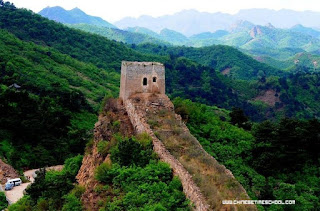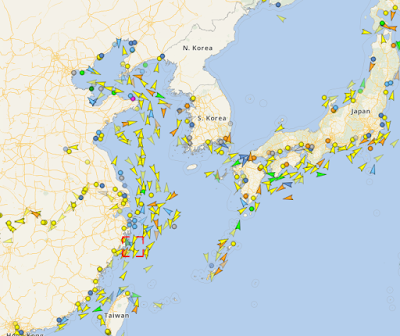So in what sense then is this a race?
Well, the organizers have cunning and devious tricks up their sleeves such as:
- The rally is timed to the second with penalties for arriving early, that means you can't drive too fast. Each car has a timing chip and rally book to keep track of arrival and departure times and there are multiple and sometimes secret checkpoints along the way.
- On some sections cars must keep to a set average speed passing marker points along the way at pre-set intervals. There are penalties for being late and worse penalties for being early. Some drivers can time these sections to within one or two seconds of error.
- The organizers throw in tricks and traps for the navigators. It's very common for cars to get lost and I've seen cars coming from all four directions at some crossroad junctions, with no one having a clue. If you are lost it's very unlikely you will make the time.
- The rally will also be routed through mountain passes and along awkward or difficult roads. These are old cars with poor brakes and steering. It becomes hard work keeping to time. Some cars have to go up hills backwards to get up them!
It's also worth remembering that many of these cars are over 80 years old and just keeping them going over the rally is an effort in itself.






































